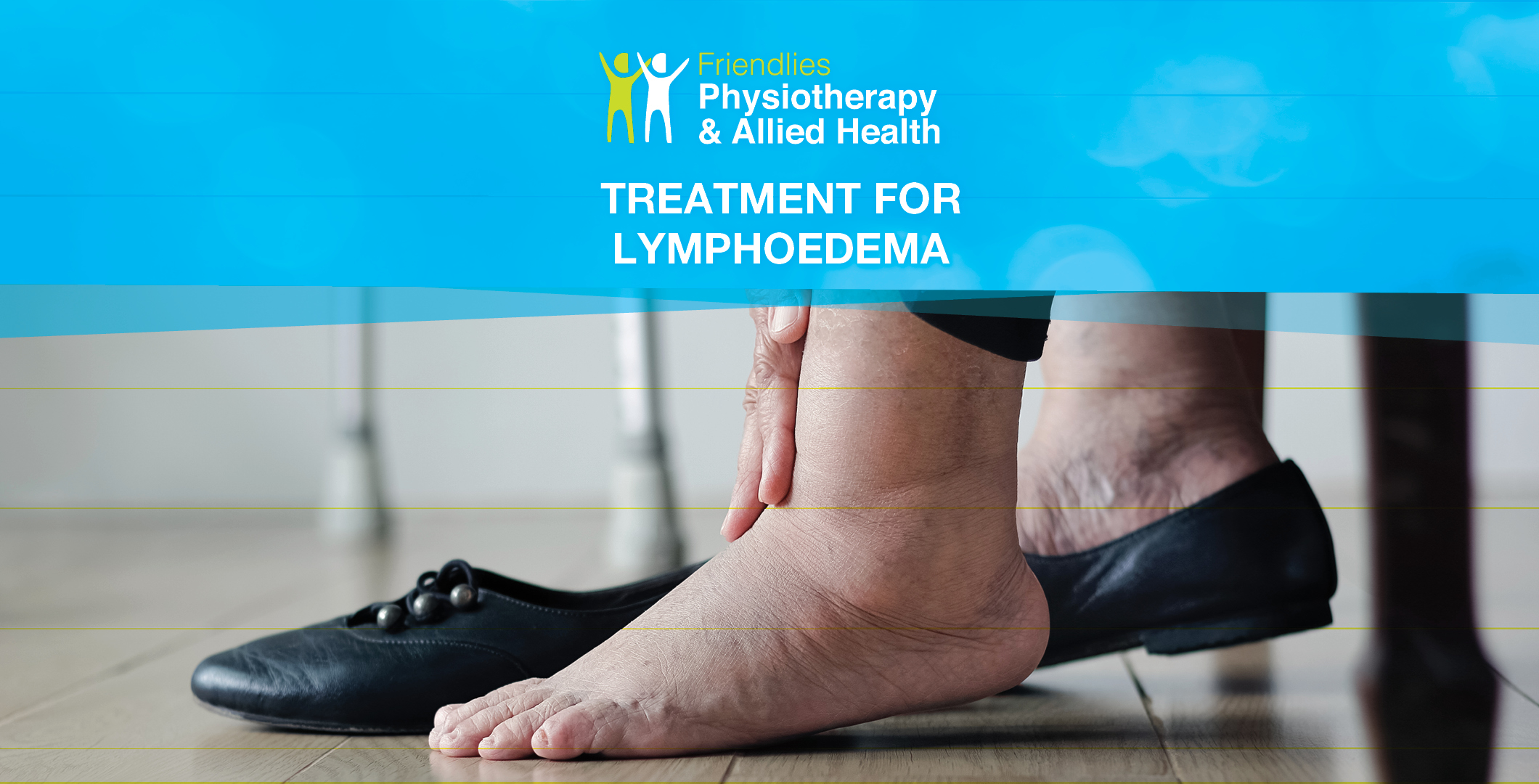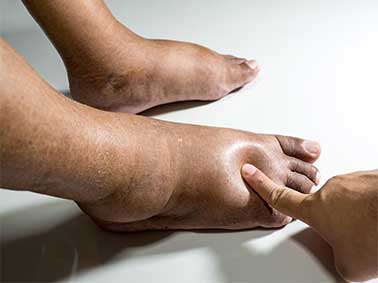
What is lymphoedema?
What is lymphoedema?
Lymphoedema is the accumulation of protein-rich fluids resulting in swelling of certain parts of the body. It is caused by the failure of the lymphatic system to adequately drain the fluid in the lymphatic circulation. Any part of the body can be affected by lymphoedema, but it tends to target the arms and legs.
The lymphatic system is a network of tubes throughout the body that drains this fluid (called lymph) from the tissues back into the bloodstream. The lymphatic system is designed to maintain protein concentration and volume of extracellular fluid within the body. It also assists in the immune response by removing waste products from the tissues.
Causes of lymphoedema
Lymphoedema can occur due to damage to the lymphatic vessels or nodes or when the lymphatic system is not formed correctly. Primary lymphoedema is caused by a congenital condition the affects the formation of the lymphatic system. It can be present at birth or develop into adolescents or adulthood.
Secondary lymphoedema which occurs due to damage to the lymphatic system is the most common form of lymphoedema. It can occur following cancer treatment but may also arise without a cancer diagnosis.
Some factors that can increase risk factors of developing lymphedema include:
- certain types of cancer that affect the lymphatic system
- radiation therapy (radiotherapy) that causes scarring of the lymph nodes and vessels
- surgery to remove lymph nodes
- Trauma and tissue damage
- Venous disease
- being overweight
- an infection in a limb such as cellulitis
- some chemotherapy drugs
- an existing problem with the lymphatic system
- parasites – such as worms, which may inhabit and block a lymphatic vessel
- decreased mobility
Symptoms of lymphoedema
The symptoms of lymphoedema may include:
- heaviness in the affected area
- aching, stiffness, loss of full range of movement in the affected area
- the skin feels tight and like it wants to burst
- numbness or pins in needles
- the skin is hotter than other areas of the body
- noticeable swelling or clothes feel tighter in that area.

Treatment for lymphoedema
Lymphoedema cannot be cured but it can be reduced and managed with appropriate intervention. The stage, location and severity of the lymphoedema together with the individual circumstances of the client will influence the most appropriate intervention.
Early intervention is recommended. The symptoms are easier to manage and limit progression of the condition if treated early.
The swelling may progress without treatment. The skin is prone to thickening and the development of fibrosis and other secondary changes. Due to the protein-rich fluid sitting in the limbs it decreases the amount of oxygen in the limb. This affects wound healing, makes the limb more susceptible to skin breakdown and provides a breeding ground for bacteria growth leading to infections.
Lymphoedema can be treated in several ways, including:
- complex physical therapy (CPT) – combining compression, lymphatic draining, special exercises and skincare techniques
- compression bandages – to promote lymph flow and obtain optimal limb size
- compression garments – provide long-term compression to aid lymph flow and limit progression
- lymphatic drainage massage – to manually move the lymph to a previously cleared, unaffected area and increase what drainage is present in the limb
- special exercises – muscular movement helps to pump lymph
- skincare – important as skin provides a barrier to protect against infections
- It is important to consult with a trained therapist to find the best course of management to suit your lifestyle and circumstances as this is a lifelong condition.
What can I do to help myself? / Do’s and don’ts
- Look after your skin
- Whenever possible, avoid blood pressure monitoring in the affected arm and avoid medical procedures that require pricking the skin in the affected arm (vaccination, blood drawing, insertion of an intravenous needle
- Treat skin infections promptly
- Maintain an ideal body weight
- Travel with care
- Exercise your arms
- Don’t ignore swelling if worried seek treatment
- Elevate swollen limb
- Avoid overheating/hot baths/sunburn
- Wear appropriate clothing – not too tight
- Avoid static holds of muscles with heavyweight E.g carrying heavy boxes – decreases lymph flow
- Exercises and deep breathing
- Wear compression sleeve when flying or as prescribed
If you have any questions in regard to this information please contact us to make an appointment on 07 4331 1888.